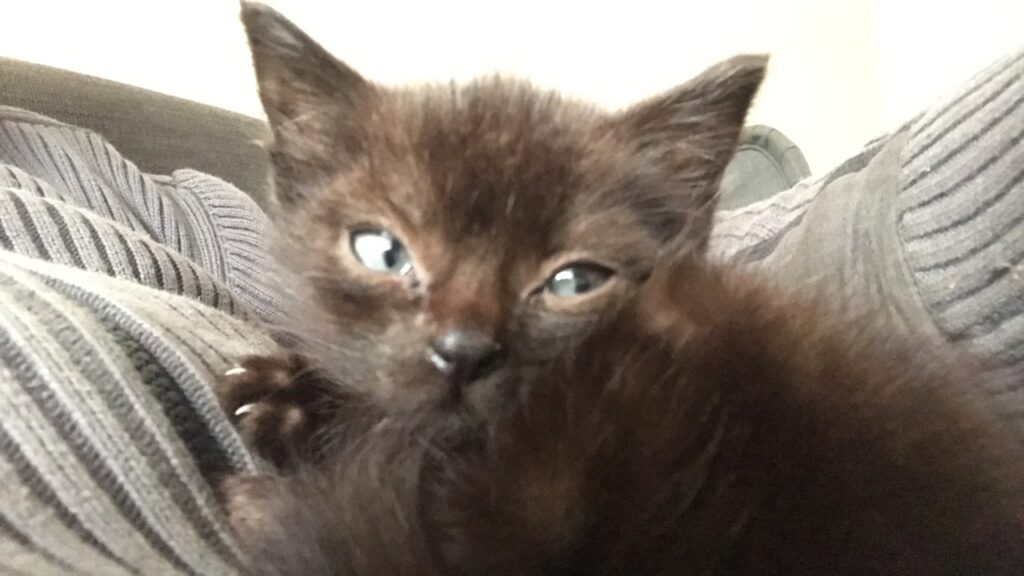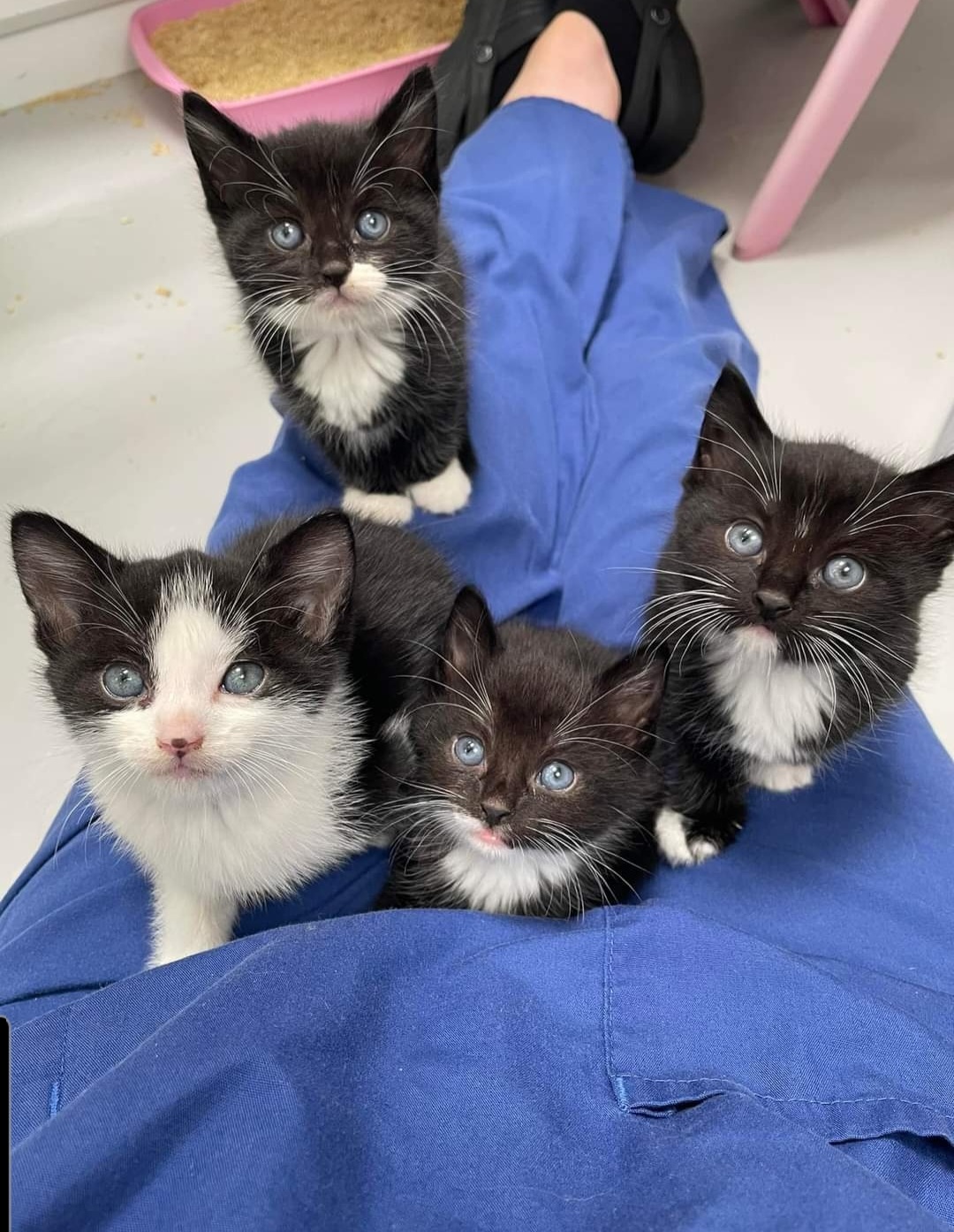
It’s World Spay Day on the 28 February 2023! To celebrate our Deputy Centre Manager Angela gives a personal account of how she first got started on her personal neutering crusade.
Part One
It was 1993 when I first encountered a young, entire (unneutered) male cat who became known as Huckleberry (pictured). He was barely one year old, under-nourished, full of fleas and seemingly lost. He had a collar on, suggesting he was once owned, but had somehow got separated from his owner. It took several weeks of feeding Huckleberry to gain his trust so I could take him to a vet. My encounter with Huckleberry marked the start of my work neutering unowned cats.
Many people don’t see the problem with male cats not being neutered – after all they can’t get pregnant! However, when I started volunteering for the RSPCA Manchester and Salford Branch 20 years later I began to learn a lot more about the implications of having unneutered male cats. For example:
- Unneutered male cats travelled miles in search of unneutered females to mate with, such is their drive to procreate.
- Male cats are more prone to being injured in road traffic collisions, as they wander off in search of females in heat.
- Unneutered male cats are more likely to fight because they are ‘wired’ to defend their territory and the females in it they wish to mate with.
- Male cat fighting leads to disease spreading such as FIV, FELV, cat flu and enteritis
- I didn’t know the difference between a feral and socialised cat and what the implications are for them.
- I didn’t know how tragically short the lives of most kittens born outside can be.
And then there is the risk presented by some types of cat collars; the ones that have elastic or lack a ‘quick release’ mechanism. If a cat gets ‘trapped’ by the collar (e.g. paw, limb, snagged on something) it can result in them losing their limbs, or worse, their lives! So if a cat is going off on ‘adventures’, like Huckleberry clearly did, they could end up being ‘trapped’ by their collar with no one to rescue them. In fact this is exactly what happened with Huckleberry! He was wearing a so-called ‘safety collar’. When I found him he had his leg and shoulder stuck through the collar because of the stretch of the elastic!
When I was finally able to gain Huckleberry’s trust and get him to the vets, the vet surgeon found that he was probably less than a week away from the collar slicing through his armpit skin and causing irreparable damage. Had I not found him and befriended him when I did, Huckleberry would have undoubtedly experienced a very slow, agonising and lonely death on the streets.





Comments are closed